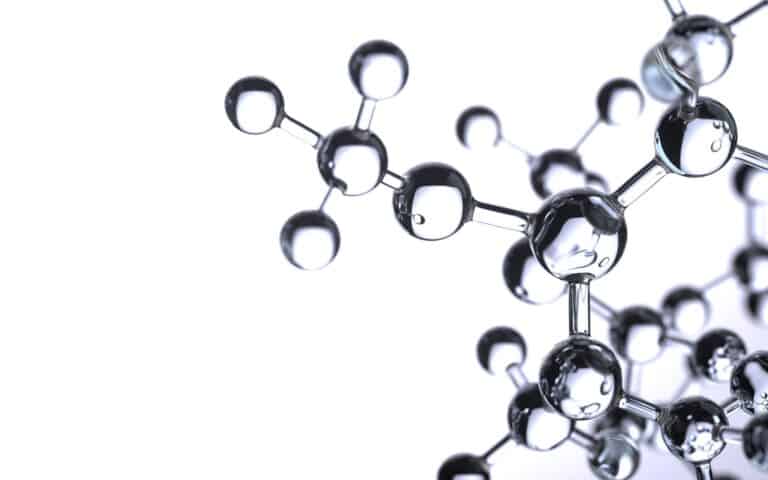Points to New Great Lakes Study as Reason for More Urgency
Waterkeeper Alliance is responding to the U.S. Environmental Protection Agency’s (EPA) release of its latest plan for controlling PFAS (per- and polyfluoroalkyl substances) discharges under the Clean Water Act in United States waterways. Shared nine months after the agency’s self-imposed deadline, the Alliance is disappointed by EPA’s failure to urgently address the PFAS crisis at the scale required to adequately protect public health and the environment.
The release of EPA’s plan coincides with a new study that analyzed multiple years of PFAS data on fish in U.S. waters, including the Great Lakes. This study found that the median amounts of PFAS in freshwater fish were 280 times greater than those detected in some commercially caught and sold fish tested by the FDA—raising environmental justice concerns as many people depend on freshwater fish as a more affordable protein source. The analysis also found higher levels in the Great Lakes where the median level of total PFAS was 11,800 nanograms per kilogram compared to a median level of 9,500 nanograms per kilogram in other U.S. waters that were tested.
This more detailed study dovetails with findings from Waterkeeper Alliance’s extensive analysis that found 83 percent of the surface waters tested across […]

